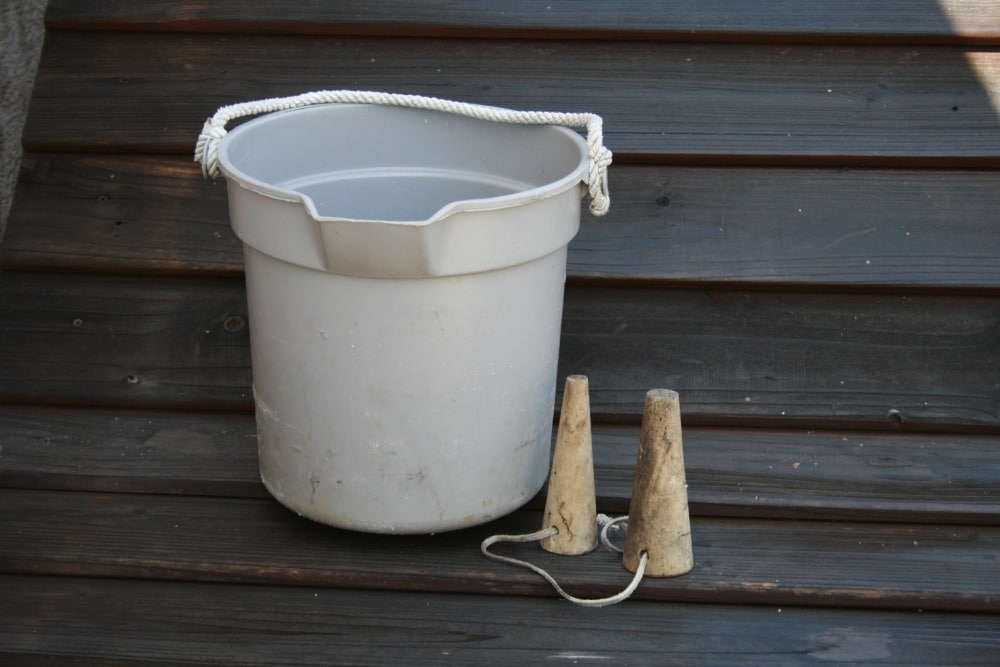
In some circumstances, such as encouraging romance or growing a business, falling into a routine can scuttle your chances of success. When boating, however, adhering to a routine of regular bilge checks can help save you from sinking.
Nowhere are bilge checks more critical than when launching your fishing boat. The first step once the boat is in the water – even before it’s off the trailer – should be a bilge check. Open the bilge hatch for a look while the engine’s warming up. If there’s an issue, you’ll see it immediately: Water pouring into the bilge means a hose has rattled loose or a fitting has busted. Or maybe you forgot to put in the drain plug.
In any case, you should be OK, because the boat’s still on the trailer, right? Just shut off the engine, tilt up the lower unit and have the tow-vehicle driver pull the boat out (make sure the bow strap is attached). On land, you can drain the bilge and address the problem without the danger of sinking.
Bilge checks should also be built into your routine throughout a day of fishing. Every couple of hours glance in to the bilge. Some might question this routine with the justification that an automatic bilge pump, once activated, would alert the captain.
Here’s my answer: While an automatic bilge pump is a must, it’s akin to a safety on a firearm – a mechanical device prone to failure. Don’t bet your life on it.
When performing a bilge check, keep in mind that a small amount of water in the bottom of the bilge is of little concern, but gallons sloshing around belowdecks means you’ve sprung a leak. Turn on the bilge pump(s) and, in cases of excessive flooding, start bucketing. If you don’t have a bucket on board, put one on the boat today, as flooding can lead to electrical failures that put your bilge pump out of commission. If that happens, a bucket will be one of your best friends. Getting the water out will help you find and stop the leak.
Sometimes stemming the flow is just a matter of closing a valve or seacock. In others cases such as a busted through-hull fitting, the best fix is a soft-wood bung. Savvy skippers carry two or three different sizes of these tapered dowels. Hammer them into the hole with a fish billy; the wood absorbs water and expands to seal off the leak, making a soft-wood bung your other best friend.
Larger holes require more ingenuity to slow down, if not stop the leak. Think about stuffing upholstery, heavy jackets, blankets or pillows into the breach. PFDs might also work, but you might need them otherwise if you can’t plug the hole. If that’s the case, it’s time to call for help, including issuing a Mayday over VHF radio Channel 16. For more on this, check out **“Tools for Calling Mayday.” **
****Hopefully, your routine of regularly checking the bilge will have forestalled such an emergency, and you can make it home safely to fish another day.
* * * * *
The U.S. Coast Guard is asking all boat owners and operators to help reduce fatalities, injuries, property damage, and associated healthcare costs related to recreational boating accidents by taking personal responsibility for their own safety and the safety of their passengers. Essential steps include: wearing a life jacket at all times and requiring passengers to do the same; never boating under the influence (BUI); successfully completing a boating safety course; and getting a Vessel Safety Check (VSC) annually from local U.S. Coast Guard Auxiliary, United States Power Squadrons(r), or your state boating agency’s Vessel Examiners. The U.S. Coast Guard reminds all boaters to “Boat Responsibly!” For more tips on boating safety, visit www.uscgboating.org.








